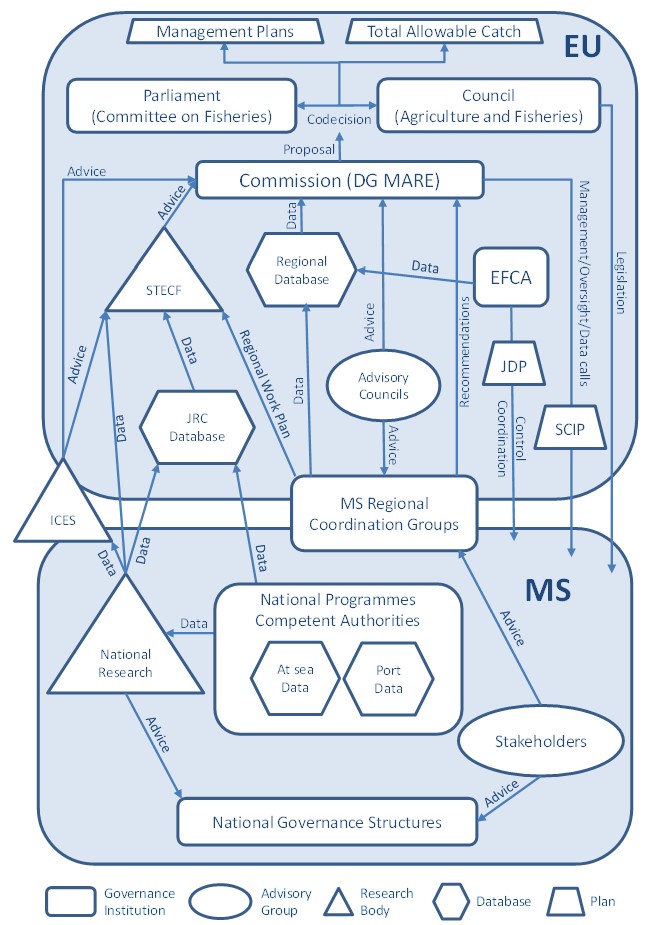This project reviewed the processes of dockside monitoring of seafood landings in EU ports and supply chain traceability of seafood products both landed by EU fishing fleets and imported into the EU from third countries. This report provided informative examples that will assist in the development of China’s system of port-based catch monitoring and product traceability. Traceability from an EU perspective starts at the border, which may be a port of landing or import, for imported seafood and the point of landing or production for domestically caught fish.
Several key features of both traceability and port inspection systems were highlighted that help to reduce the risk of products from IUU catches entering the supply chain:
- All seafood products landed (first landing) or imported are traced. There are no gaps in the system.
- All capture and aquaculture products are included to ensure no gaps exist for species that may be both farmed and wild caught.
- Dockside monitoring is standardized across all EU MS (and also for the UK which still operates under EU guidelines post-Brexit). This applies to the procedures and data collection used by the competent authorities for control and inspection across the EU.
- Logbook data are standardised using electronic logbooks for all vessels over 12m LOA (paper can be used for vessels less than 12m).
- Logbook, catch certificate and inspection data are able to be shared electronically between MS allowing effective and efficient tracing of data across the EU and removing the potential for double utilization of a single catch certificate in more than one MS.
- All seafood in the supply chain must always be able to be tracked back to the original source through the requirement for one step backward, one step forward tracing in the supply chain as per the food safety and recall requirements. Seafood and feed business operators must be able to identify any entity from whom they have been supplied with seafood, or any substance intended or expected to be incorporated into a seafood product.
- Catch certificates or lot identifiers are linked with fish at every step of the supply chain to the point of sale to the consumer. Some of this information is provided at the point of sale to inform the consumer.
Standardization is key throughout the implementation of both dockside monitoring and traceability. The same requirements for landing documents and import documents (EU catch certificate) exist across all MS. The EU also implements a level-playing field approach. This aims to maintain the capacity and training of each MS’s inspectors and the monitoring oversight (?) at the same level across the EU. This reduces the risk of weak links or “back doors” appearing in the EU that could be exploited by illegal operators. Efficient and effective information exchange is a key factor. Logbook data are standardized, and for all vessels over 12m they are electronic. Inspection data formats are also standardized and can be shared by all MS through an EU internal secure system. Catch certificates are also being gradually transferred over to an electronic system to bring them into this system.

